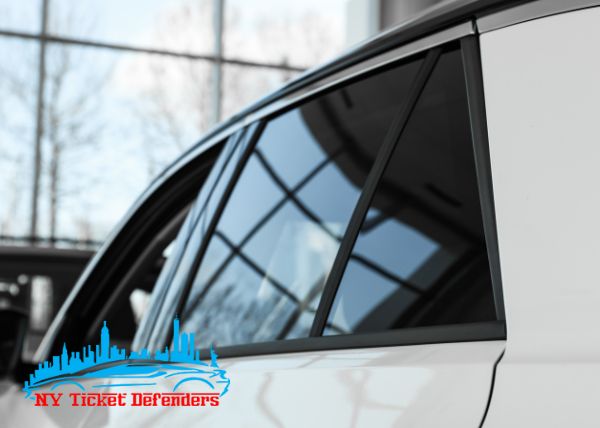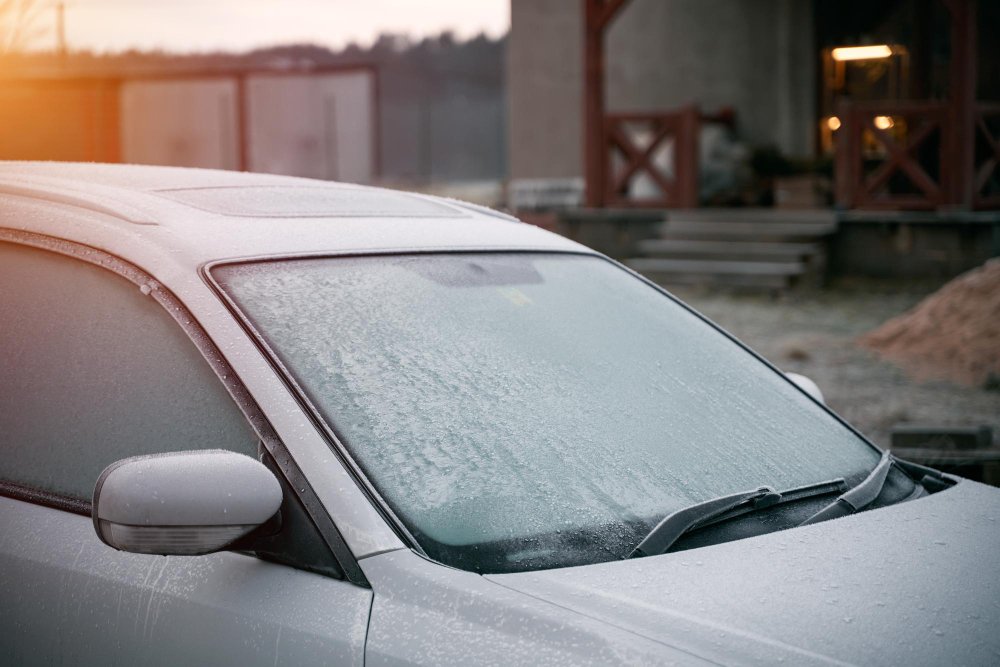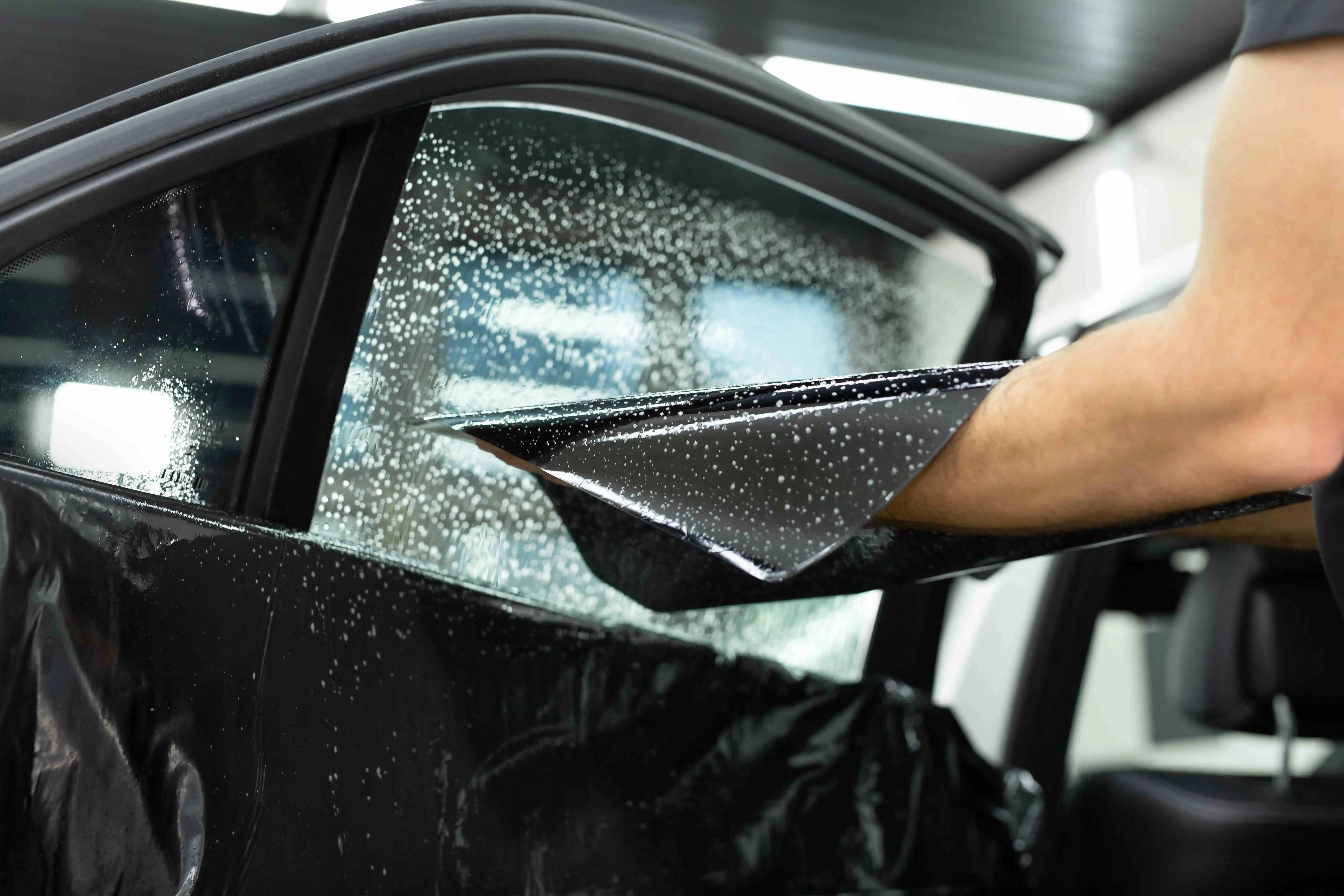How Vehicle Window Tinting Maintains Your Car Cool in Heat
How Vehicle Window Tinting Maintains Your Car Cool in Heat
Blog Article
Window Tinting Laws and Standards: What You Required to Know Before Tinting Your Vehicle
Prior to proceeding with home window tinting for your car, it is necessary to familiarize on your own with the diverse legislations and guidelines that regulate this practice throughout various states. These policies dictate the allowable degrees of tint darkness, usually measured by noticeable light transmission (VLT) portions, and include particular terms for front windscreens targeted at guaranteeing roadway safety and security. Furthermore, certain jurisdictions may use medical exceptions for people with certifying conditions. Comprehending these complexities can save you from potential legal implications, but what are the details regulations in your state?
Summary of Window Tinting Regulations
Window tinting legislations are often subject to variant throughout different territories, reflecting local policies and security factors to consider. These laws dictate the permissible levels of color darkness and reflectiveness on vehicle windows, making certain that chauffeurs keep ample presence while likewise safeguarding versus harmful UV rays and heat.
The majority of laws categorize window tinting based upon the Visible Light Transmission (VLT) percentage, which shows the quantity of light that can go through the home window. Typically, lower VLT percents represent darker colors. Legislations typically set apart between the front, side, and rear home windows, with more stringent limitations related to the front windshield to enhance safety for both the vehicle driver and various other road individuals.
Compliance with window tinting policies is critical, as offenses can result in penalties, necessary elimination of the color, and possible boosts in insurance policy costs. It is essential for vehicle owners to familiarize themselves with regional regulations prior to continuing with home window tinting setups.
State-by-State Color Regulations
Understanding the certain window tinting regulations in each state is vital for lorry proprietors seeking to adhere to the regulation. Each state in the U.S. has developed its very own set of rules controling home window tinting, which can vary considerably. These laws often dictate the allowed degrees of color darkness, the kinds of home windows that can be tinted, and any clinical exceptions that may apply.
For instance, states like The golden state have stringent limitations on color darkness for front home windows, while others, such as New Mexico, might enable darker tints. Additionally, particular states mandate certain visibility percents for numerous home windows, consisting of the windshield, front side home windows, and back windows. It is important for vehicle proprietors to familiarize themselves with their state's legislations to avoid possible fines or charges.
Furthermore, some states might require a qualification sticker to be positioned on tinted windows, showing conformity with state legislations. Failing to stick to these guidelines not only risks legal effects yet can likewise influence safety and exposure while driving. Car proprietors must conduct comprehensive research study or get in touch with regional authorities to make certain full understanding and conformity with state-by-state color regulations.
Allowed Tint Types and levels
Lots of lorry proprietors may be stunned to learn that allowed tint levels and types differ widely throughout different states. Each state has actually developed its very own regulations pertaining to the allowable darkness and reflectivity of home window tint, usually measured by Visible Light Transmission (VLT) percentages. VLT describes the quantity of light that can go through the tinted home windows; hence, a reduced percent shows a darker color.

Moreover, the sorts of tint materials permitted can differ, with some states restricting mirror-like or metallic finishes. It is important for car owners to acquaint themselves with their state's details regulations to ensure compliance. Non-compliance can lead to fines, necessary elimination of the color, or various other legal repercussions, making it important to recognize these regulations before continuing with more installment.
Medical Exemptions for Tinting
While not all states supply allocations for clinical exceptions concerning home window tinting, those that do recognize the need for specific individuals to improve visibility and convenience because of clinical problems. Various clinical problems, such as lupus, skin cancer, and particular eye conditions, can make individuals specifically conscious sunshine. These people may call for darker colors to safeguard themselves from hazardous UV rays and glow.

It is necessary to keep in mind that even with a clinical exemption, there may still be limitations on the degree of tint allowed. Compliance with state regulations ensures that individuals are both secured and within lawful restrictions. Those taking into consideration clinical exceptions need to contact their regional Division of Motor Autos or equivalent authority to understand the procedures and demands needed to get an exception effectively.
Fines for Non-Compliance
Failing to adhere to window tinting legislations can bring about significant fines, which vary by state. Police are empowered to issue citations for automobiles that do not comply with the specified tinting policies. These fines generally consist of penalties, which can vary from moderate quantities to numerous hundred bucks, depending on the intensity of the infraction and the state in inquiry.
In some jurisdictions, repeated offenses might result in intensifying penalties or extra charges, such as obligatory court looks. Moreover, non-compliance might necessitate the removal of unlawful tinting, commonly at the proprietor's expenditure. In severe instances, habitual culprits may deal with suspension of their vehicle enrollment up until conformity is achieved.
Furthermore, insurance policy implications might develop from getting multiple citations for window color infractions. Insurance providers might check out such offenses as a sign of riskier behavior, potentially bring about raised costs or problem in protection.
To stay clear of these penalties, it is vital for car proprietors to acquaint themselves with their regional window tinting regulations and ensure that their automobile complies click over here now (Window Tinting). This learn the facts here now proactive approach not only prevents lawful ramifications but likewise advertises roadway safety
Final Thought

Many guidelines identify home window tinting based on the Visible Light Transmission (VLT) percent, which suggests the quantity of light that can pass via the home window. Conformity with window tinting policies is vital, as violations can result in fines, mandatory removal of the tint, and prospective rises in insurance premiums.Recognizing the specific window tinting guidelines in each state is essential for lorry owners seeking to comply with the law. These laws frequently determine the allowable degrees of color darkness, the types of windows that can be tinted, and any type of medical exceptions that might use.
For instance, states like California have strict constraints on color darkness for front home windows, while others, such as New Mexico, might permit darker colors.
Report this page